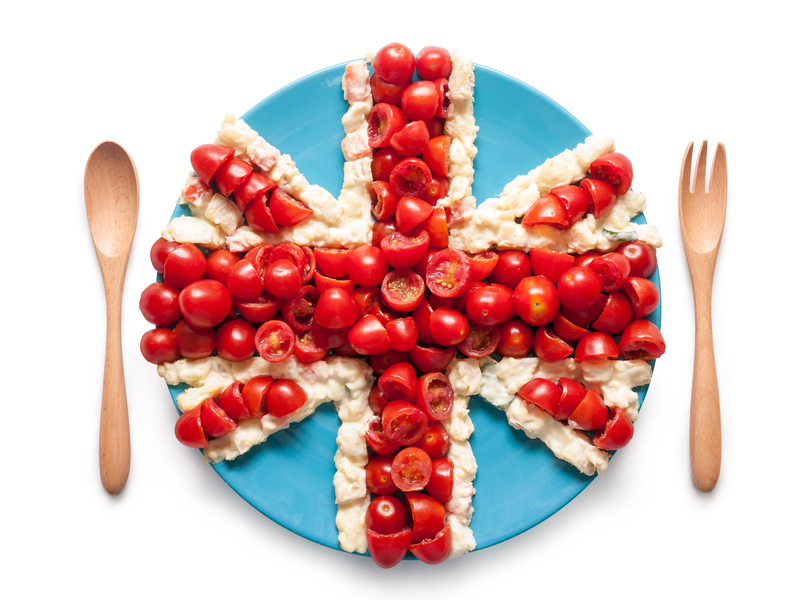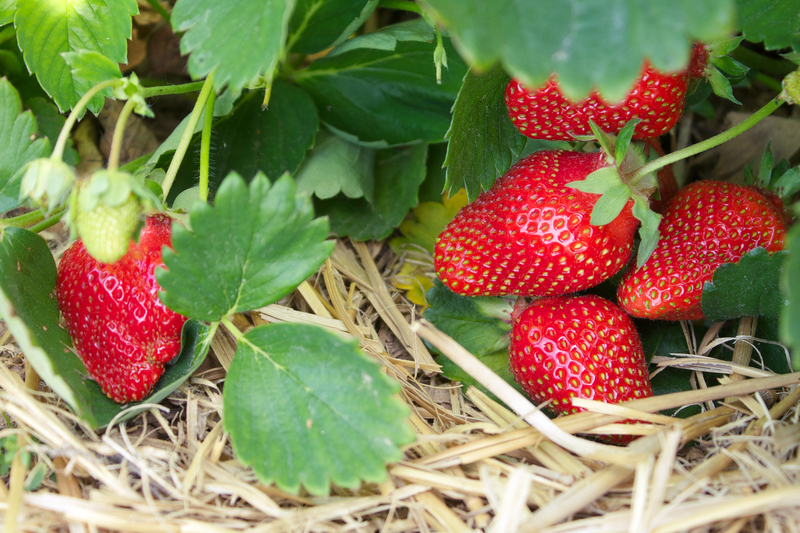How to Select Stunning Plants That Thrive in Window Boxes
Window boxes can transform an ordinary facade into a captivating display of color, texture, and life. But the secret behind eye-catching window boxes lies in the careful selection of plants that not only look spectacular but also thrive in the unique conditions of window box gardening. This comprehensive guide will walk you through the essentials of choosing stunning plants for window boxes that flourish all season long.
Why Plant Selection is Essential for Thriving Window Boxes
Choosing the right plants for window boxes is more than just a matter of aesthetics. It directly affects the vibrancy, longevity, and ease of care of your window box garden. Plants that are well-matched to your environmental conditions and the dimensions of your window boxes will grow more vigorously, require less maintenance, and put on a far more impressive show.
- Maximize curb appeal with stunning, healthy plants.
- Reduce maintenance by picking varieties suited to your conditions.
- Keep your window boxes looking fresh longer by selecting resilient species.

Key Considerations for Selecting Plants for Window Boxes
1. Assess Sunlight Exposure
Sunlight is a crucial factor in plant selection. Not all plants can tolerate the same levels of sun or shade. Before choosing your window box plants, observe how much sunlight the location receives daily.
- Full sun: 6 or more hours of direct sunlight (south or west-facing windows)
- Partial sun/partial shade: 3-6 hours (east-facing or lightly shaded areas)
- Full shade: Less than 3 hours (north-facing windows or heavily shaded)
Tip: Always match your plant choices to the sun conditions of your window box for the healthiest and most vibrant results.
2. Size and Shape of Window Boxes
The dimensions of your window boxes will dictate the number and type of plants you can include. Overcrowding can lead to poor air circulation and weak plants, while sparse plantings can look underwhelming.
- Deep, wide boxes: Allow for lush combinations and trailing plants.
- Shallow or narrow boxes: Opt for compact, shallow-rooted species that don't overcrowd one another.
3. Plant Selection for Season-Long Display
If you want your window box to look stunning from spring through fall, choose plant varieties with staggered bloom times or year-round interest. This approach creates a constantly evolving and engaging visual effect.
- Mix annuals and perennials for continuous color and structure.
- Include evergreens for winter interest.
How to Choose the Best Plants for Window Boxes
Understanding the "Thriller, Filler, Spiller" Approach
One of the most popular formulas for designing spectacular window boxes is the "thriller, filler, spiller" method:
- Thriller: Tall, dramatic plants that become the focal point.
- Filler: Medium-height, bushy plants that provide body and fullness.
- Spiller: Trailing plants that cascade down, softening the edges of the box.
Using this technique ensures depth, balance, and visual appeal from every angle.
Stunning Plant Suggestions for Window Boxes
Best Flowering Plants for Colorful Displays
- Petunias: Hardy, available in many colors, perfect for sun.
- Geraniums: Upright growth, vivid blooms, and excellent drought resistance.
- Impatiens: Superb for shade, easy to grow, constant color.
- Pansies & Violas: Sweet-smelling flowers with a wide color spectrum--ideal for cooler seasons.
- Begonias: Versatile, thriving in both sun and shade with dramatic blooms and foliage.
Beautiful Foliage and Textural Plants
- Sweet Potato Vine (Ipomoea batatas): Vibrant green or burgundy trailing leaves.
- Heuchera (Coral Bells): Adds rich texture and colorful foliage, especially in partial shade.
- Dusty Miller: Silvery leaves that contrast beautifully with bright flowers.
- Hosta: Excellent for shade, lush with varied leaf patterns.
Trailing & Cascading Plants for Window Boxes
- Bacopa: Profuse small white or purple flowers that spill over the edge.
- Lobelia: Blue, white, or purple flowers that cascade beautifully.
- Ivy (Hedera helix): Classic trailing greenery, works in sun or shade.
- Nasturtiums: Edible, colorful flowers and quick-spreading vines.
Edible and Scented Plants
- Herbs (Thyme, Oregano, Chives, Basil, Parsley): Compact growth and culinary uses.
- Lavender: Scented, attractive, drought-tolerant and great for sun.
- Mints: Fragrant, best in a confined window box to avoid invasiveness.
Combining Plants Effectively for Window Box Success
Harmony of Color and Texture
Choose a consistent color palette--either contrasting or tonal--for a harmonious look. Combining different leaf shapes, sizes, and textures (fine with bold, glossy with matte) creates dimension and interest.
Balance Growth Rates and Requirements
Pair plants that share similar watering, feeding, and lighting needs. For example, don't combine drought-loving succulents with water-hungry impatiens. This ensures that every plant remains healthy and vibrant.
Planning for All Seasons
Rotate your window box plants by season to maximize year-round appeal. For example:
- Spring: Primroses, pansies, bulbs like daffodils and tulips.
- Summer: Geraniums, petunias, trailing lobelia, coleus.
- Autumn: Mums, ornamental cabbages, decorative kale.
- Winter: Evergreen dwarf conifers, ivy, winter pansies.
Consider Native and Pollinator-Friendly Plants
Opt for local, native species that are well-adapted to your climate for less maintenance and better resilience. Including pollinator-friendly flowers supports local bees, butterflies, and hummingbirds.
Practical Tips for Thriving Window Box Gardens
Ensure Proper Drainage
Window boxes must have drainage holes to prevent waterlogged roots. Adding a thin layer of gravel or broken pottery shards at the bottom helps excess water escape.
Use High-Quality Potting Mix
A light, well-draining potting mix enriched with organic matter gives plants a healthy start and supports robust root growth. Avoid heavy garden soil, which can become compacted and smother roots.
Feeding and Watering
- Water daily in summer--window boxes dry out quickly, especially in full sun.
- Use slow-release fertilizer or feed weekly with liquid plant food during the growing season.
- Monitor moisture with your finger or a moisture meter.
Regular Maintenance
- Deadhead spent blooms to encourage fresh flowers.
- Prune and pinch to keep plants bushy and compact.
- Remove faded or diseased foliage promptly.
Caring for Window Box Plants by Climate
In Hot, Dry Climates
- Choose drought-tolerant species such as succulents, geraniums, or lavender.
- Group plants closer together to shade the soil.
- Mulch the surface with pebbles or bark to retain moisture.
In Cool, Wet Climates
- Opt for shade-loving plants like impatiens, begonias, and ferns.
- Use raised or self-watering window boxes to avoid soggy roots.
- Emphasize foliage interest with heuchera, hosta, and evergreen ferns.
Common Mistakes to Avoid When Selecting Window Box Plants
- Overcrowding. Plants need adequate space for roots to develop and air to flow between them.
- Ignoring sunlight requirements. Shade plants will burn in full sun, while sun plants will sulk in shade.
- Combining incompatible plants. Mixing those with different water or light needs leads to poor performance.
- Neglecting seasonal change. Refresh your window box with new plants as the seasons shift for lasting appeal.

Window Box Plant Combinations for Instant Impact
Full Sun Combination
- Thriller: Salvia 'Victoria Blue'
- Filler: Petunia 'Supertunia Vista Bubblegum'
- Spiller: Sweet potato vine 'Margarita'
Partial Shade Combination
- Thriller: Coleus 'Kong Red'
- Filler: Begonia 'Nonstop' series
- Spiller: Ivy or Bacopa
Edible Window Box Combination
- Thriller: Tall basil or rosemary
- Filler: Parsley or chives
- Spiller: Trailing thyme or nasturtium
Conclusion: Crafting a Stunning and Thriving Window Box
Creating a gorgeous window box that flourishes is both an art and a science. By understanding your specific sunlight exposure, choosing the right size window box, and selecting a mix of bold "thrillers," lush "fillers," and graceful "spillers," you can easily create a spectacular display. Remember to consider seasonal interest, match plant requirements, and provide proper care. With the right plant choices, your window boxes will be the envy of the neighborhood all year long!
Start planning your window box garden today and enjoy the transformation of your outdoor space with vibrant, healthy, and truly stunning plants that are guaranteed to thrive!



